Metal detectorist discovers unusual artifact at Greenwood Lake
Greenwood Lake. Could this be a true Roman artifact found right here in NY?
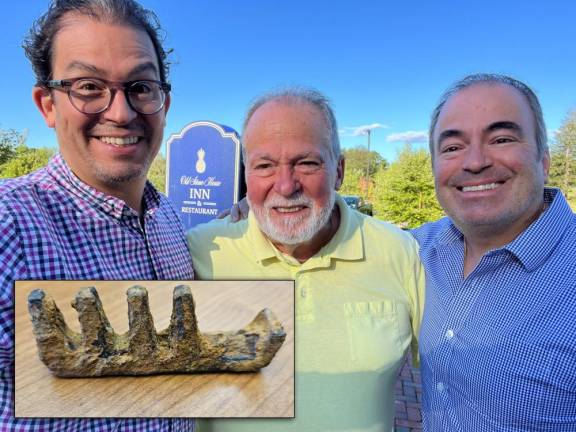
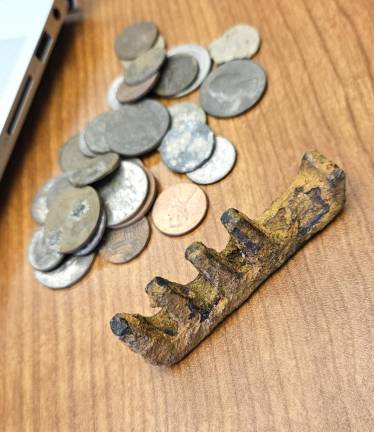
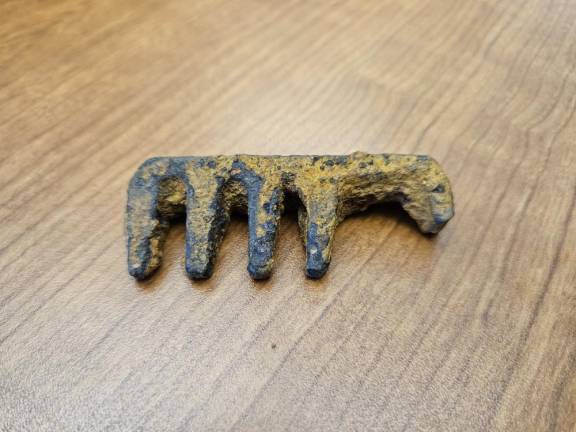
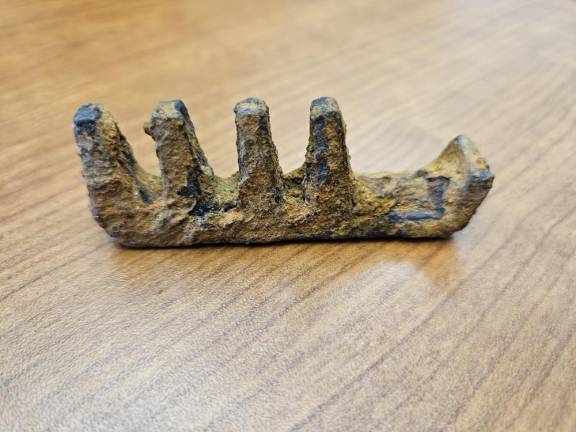
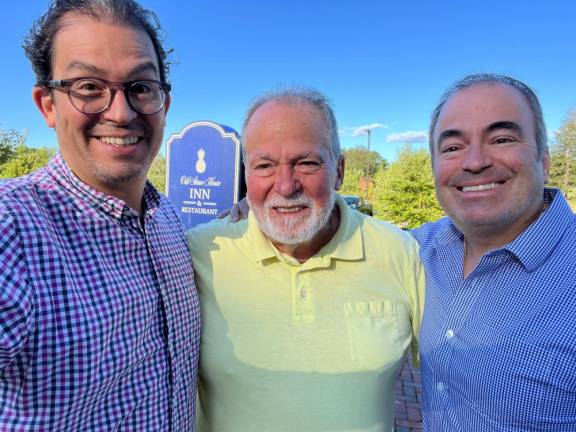
Joe Santandrea of Greenwood Lake shares the hobby of metal detecting with his two sons and often go out together looking for local historical artifacts. On a recent birthday, Santandrea’s sons, Joe Jr. and Alejandro, flew into New York to celebrate with their father and asked him what gifts he wanted. Santandrea replied, “I want to go metal detecting together.”
So, on September 15 and 16, they all went to the Thomas Morahan Waterfront Park in Greenwood Lake to sweep (metal detect) the beach. Soon, deep in the sand, Santandrea uncovered a rust-encrusted piece of iron.
“We usually find rusty old tools, coins, and bottle caps,” Santandrea explained. “But this had weight and an unusual shape.”
His son Joe cleaned it up and Alejandro photographed it and researched it online. To their surprise, they found that it starkly resembled photos of an ancient Imperial Roman iron key from 30 BC to 630 AD.
Ancient Art, an antiquities company out of the UK, says iron keys from that era are “the most common items of Roman security hardware to survive today,” and noted that they were used for doors, chests, boxes, caskets, cupboards, and padlocks, as well as decoration. A similar-looking key-type object can also be found in the British Museum.
“How it got there, we will never know, but this is what makes metal detecting so exciting and rewarding. It’s not what you find, it’s the finding!” exclaimed Santandrea.
While this artifact has not been officially authenticated, if it is, it wouldn’t be the first Roman artifact to be uncovered in the Hudson Valley. In 2015, a Roman tombstone was found during the construction of a luxury home in Tarrytown, Westchester County. According to Smithsonian Magazine, excavators pulled a big hunk of ivory-colored marble from the ground with “CLAVD” and other text etched into it. That stood for Claudius, the Roman emperor who ruled from 41 to 54 AD. The artifact was found to have actually been the urn of a freed former enslaved person by the name of Saturninus. According to the magazine, he was freed by the emperor, and then made an administrator with the imperial civil service. That find was ultimately displayed at New York’s Metropolitan Museum of Art.
Santandrea said the find has only ignited his passion for metal detecting, which he only started doing a few years ago. So don’t be surprised if you seem him sweeping a beach near you!